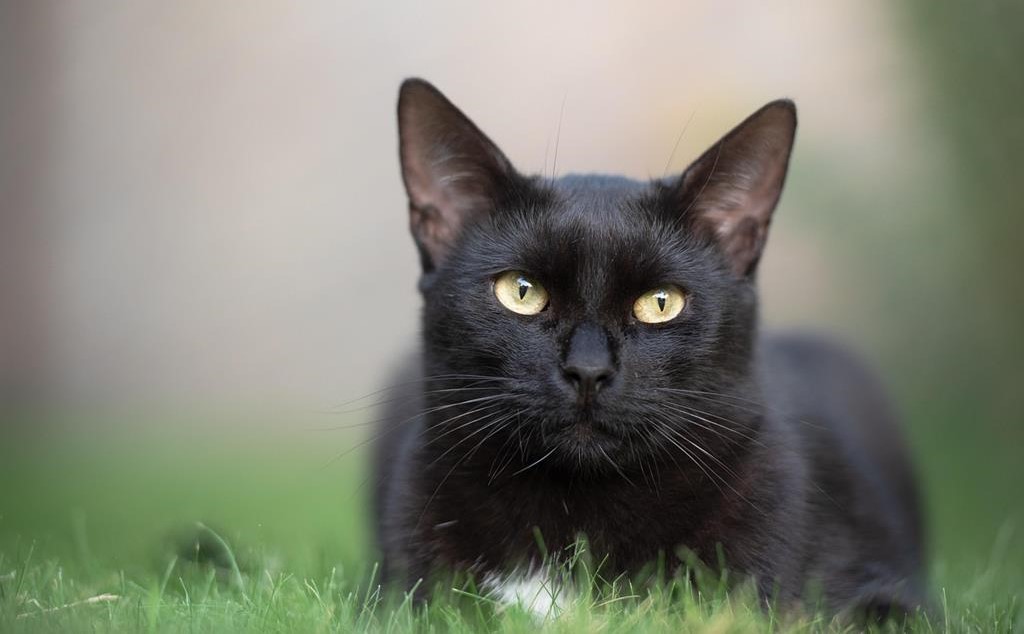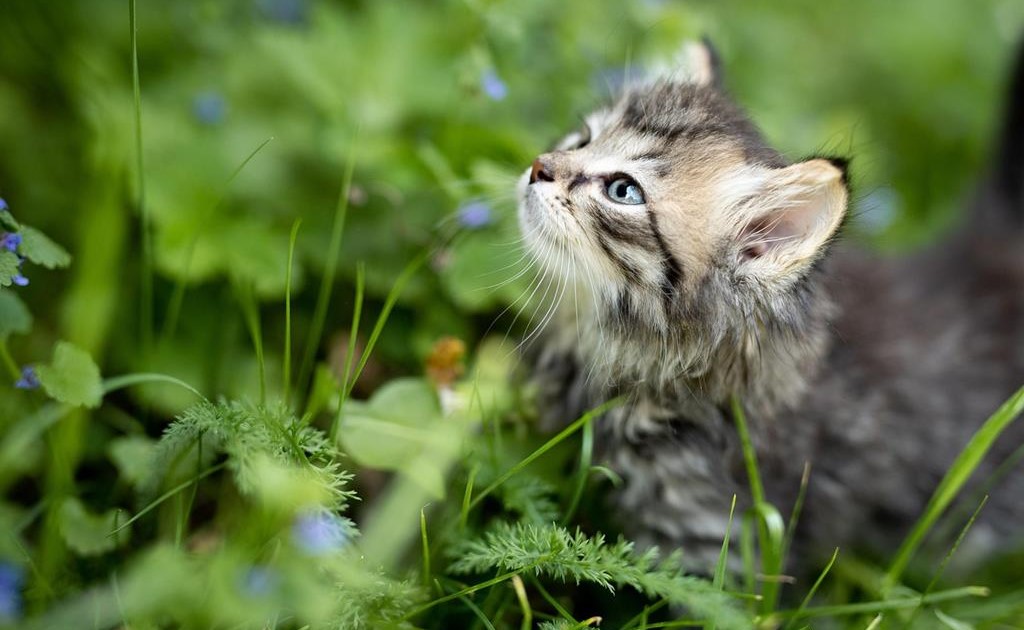In the world of nature’s hunters, the feline family stands out for its stealth, agility, and adaptability. From the majestic lions of the savannah to the elusive small wildcats of dense forests, felines have evolved unique behaviors to thrive in various habitats. One of the most intriguing aspects of their behavior is their activity pattern, with many wild cats exhibiting nocturnal tendencies. But are wild cats truly nocturnal, or is there more to their activity rhythms than meets the eye?
So, are wild cat nocturnal?
Understanding Nocturnality:
Nocturnality refers to animals that are primarily active during the night and rest during the day. This adaptation allows them to avoid the heat and potential predators of daylight hours while capitalizing on the cover of darkness to hunt and move around more freely.
Nocturnal Wildcats:
Several wild cat species are indeed considered nocturnal or crepuscular, meaning they are most active during dawn and dusk. Examples include the African leopard, the ocelot of the Americas, the caracal from Africa to Southwest Asia, and the elusive margay of Central and South America.
Advantages of Nocturnal Behavior:
Wild cats that adopt nocturnal behavior gain several advantages. They can take advantage of reduced competition for prey, as diurnal animals are often less active during the night. The cover of darkness also provides them with a degree of stealth, helping them sneak up on prey more effectively.
Crepuscular Cats:
Many wild cats exhibit crepuscular behavior, where they are most active during the twilight hours of dawn and dusk. This pattern allows them to avoid the heat of the day while still benefiting from some visibility and hunting opportunities.
Daytime Activity:

Not all wild cats are strictly nocturnal or crepuscular. Some species, like the cheetah, tend to be more active during the day, utilizing their incredible speed to chase down prey in open habitats. Additionally, factors such as habitat, prey availability, and competition can influence the activity patterns of different wild cat species.
Hunting and Feeding Patterns:
No matter their specific activity patterns, all wild cats are skilled predators. Their hunting techniques vary, from the stealthy ambushes of leopards to the powerful chases of cheetahs. These cats’ senses, like their acute night vision, excellent hearing, and keen sense of smell, play a crucial role in their hunting success.
Adaptations to Changing Environments:
While nocturnal behavior may be driven by a combination of factors, including predation risk, competition, and energy conservation, wild cats are adaptable creatures. Some species might adjust their activity patterns in response to human presence or changing environmental conditions.
FAQ: About Wild Cats
1. What are wild cats?
Wild cats, also known as felids or felines, are a family of carnivorous mammals belonging to the Felidae family. They encompass a diverse range of species, from the iconic big cats like lions and tigers to smaller wildcats like bobcats and servals.
2. How do wild cats differ from domestic cats?
Wild cats are distinct from domestic cats in their behavior, size, and habitat. They have evolved to survive in various environments, often exhibiting hunting behaviors and adaptations suited to their natural habitats.
3. Where do wild cats live?
Wild cats inhabit a wide range of environments, from deserts and grasslands to forests and mountains. They are found on nearly every continent, except Antarctica, and have adapted to various climates and ecosystems.
4. Are all wild cats carnivorous predators?
Yes, all wild cats are carnivorous predators, meaning they primarily feed on meat. Their diet typically consists of small to medium-sized mammals, birds, reptiles, and occasionally insects. Larger wild cats like lions and tigers can take down larger prey.
5. How are big cats different from small wildcats?
Big cats, such as lions, tigers, leopards, and jaguars, belong to the subfamily Pantherinae and are characterized by their larger size, powerful build, and ability to roar. Small wildcats, including species like bobcats, ocelots, and servals, belong to various genera within the Felidae family and are generally more elusive and less vocal than their larger counterparts.
Conclusion
In conclusion, the behavior of wild cats spans a spectrum from strictly nocturnal to diurnal, with many exhibiting crepuscular tendencies. Their activity patterns are shaped by a range of ecological and evolutionary factors, allowing them to maximize their hunting success and survival in their respective habitats. From the shadows of the night to the fleeting moments of dawn and dusk, these remarkable predators continue to intrigue researchers and nature enthusiasts alike.



